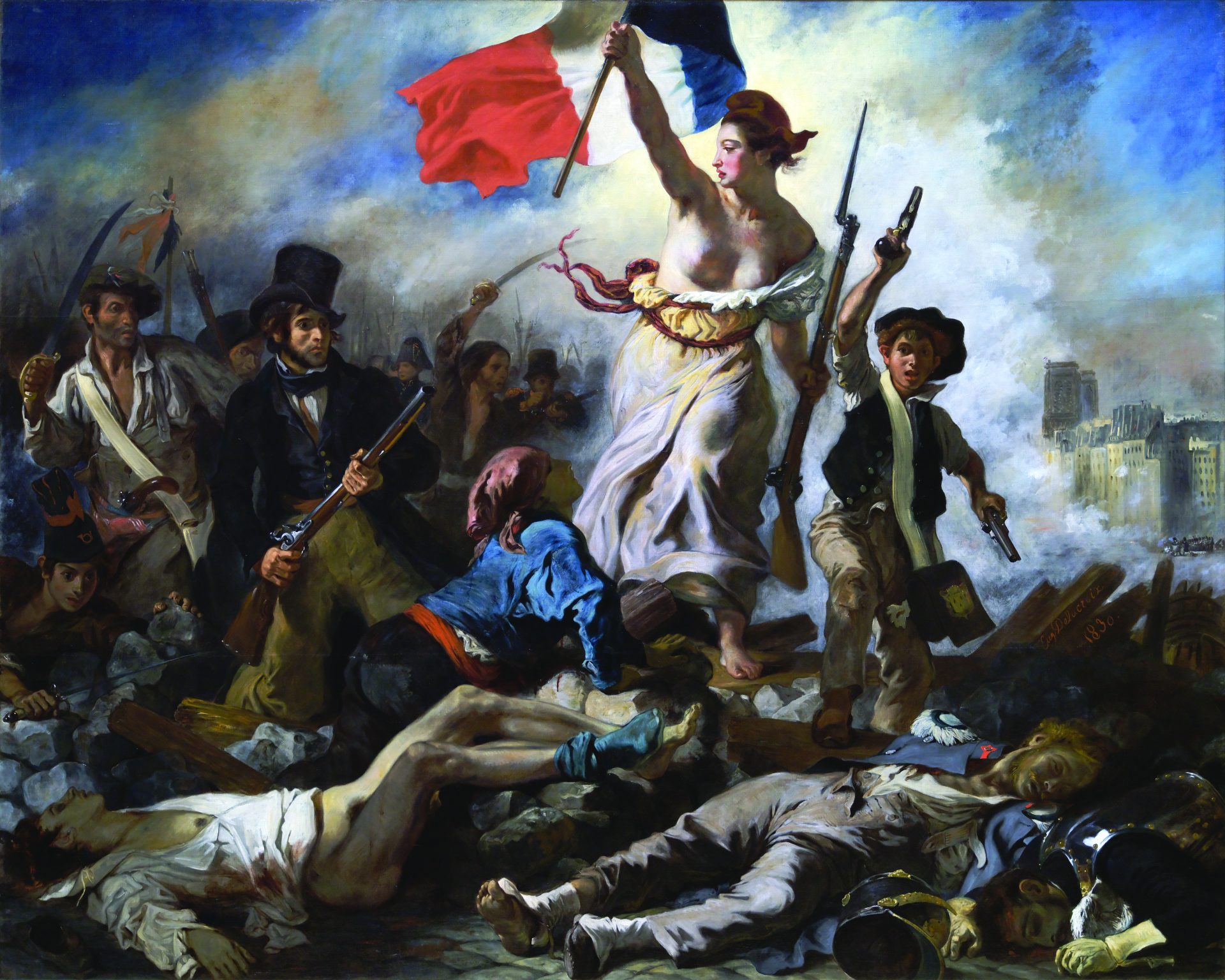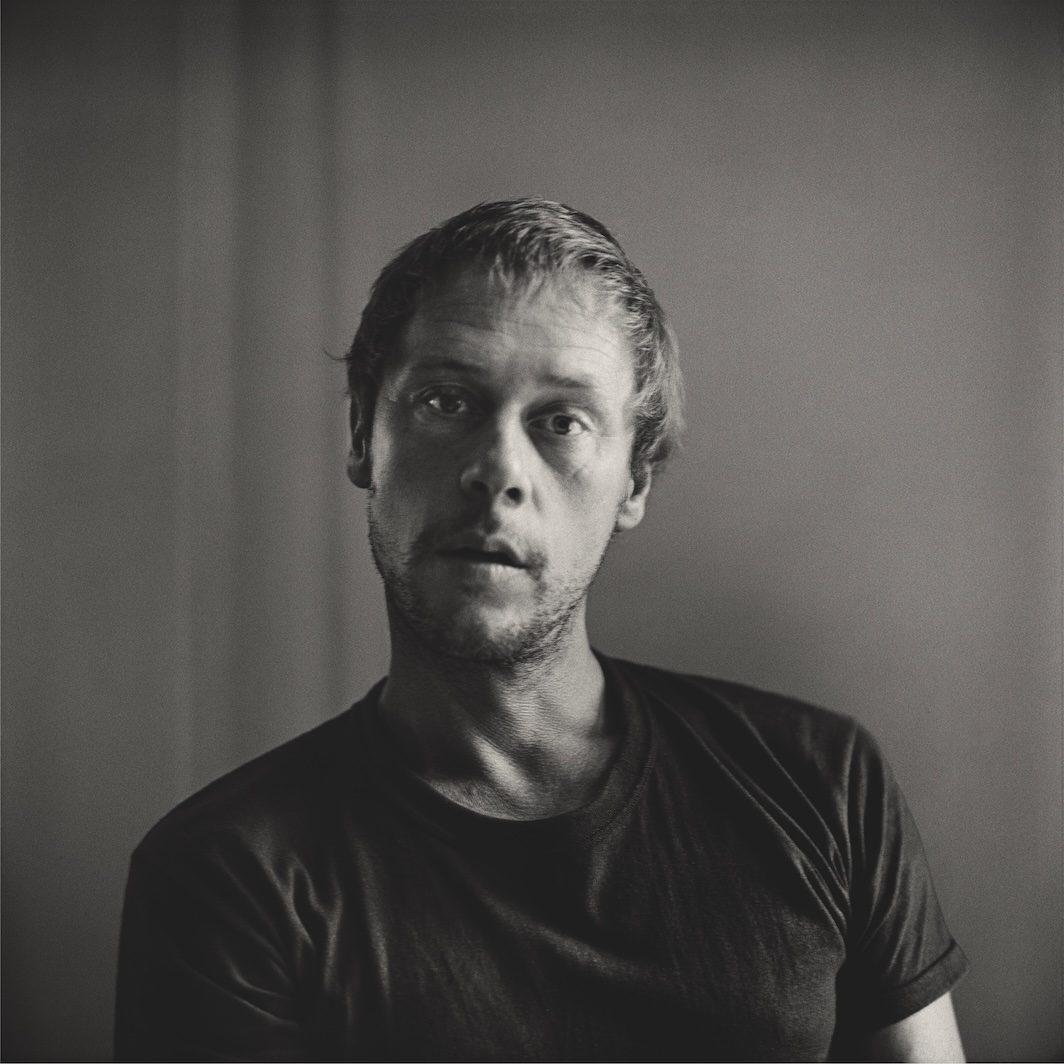
In July of 1964, Dorothea Lange, fatigued and distressed by the esophageal cancer that would take her life a year later, participated in a series of interviews with a San Francisco television station. Having spent half a century making photographs, including the iconic “Migrant Mother,” for which she would be most remembered, Lange struggled, when asked by the reporter, to locate her own achievements within the medium’s pantheon. She took the question almost literally, choosing to describe her relationship to her peers in physical terms. Of Walker Evans, the preeminent American documentarian, with whose work Lange’s would be constantly—and nearly always unfavorably—compared, she claimed, “He doesn’t go any closer than just so far . . . which can be a man’s strength.” By contrast, she said of herself, “I can never go close enough . . . I push close. It’s right for me.” Lange cast herself and Evans as representing the outer markers of documentary photography: Where Evans was detached, indifferent, even unfeeling, she was engaged, politically and emotionally, with her subjects, evincing her own, very different kind of strength.
It’s a convenient binary, and one that Lange evidently thought would help secure her reputation. But legacies are best discerned not from the deathbed summation but from the actual work that precedes it. Indeed, the schema that Lange nurtured in her waning years oddly conceals the very capacity that set her apart: an uncanny ability to modulate her identification with her forlorn subjects. As the situation demanded, she could be a photographer of feeling or one of ratiocination, an artist or an investigator, and was able to expand the conventions of documentary photography and even the definition of documentary to accommodate her varied enterprises. She could run hot and cold, but her critical reception has almost always been tepid.
It is especially welcome, then, that a pair of quite different books, both in search of the more complex and compelling Lange that her work evokes, approach their shared subject by meditating on the nature of documentary photography and on the ambivalences that mark Lange’s very fluid brand of it. The more conventional of the two, Linda Gordon’s biography Dorothea Lange: A Life Beyond Limits, distinguishes itself by giving us something of a postmodern Lange, one who acknowledges—and even celebrates—the ultimately unknowable inner lives of her subjects. Gordon emphasizes the similarity of Lange to the responsible historian: Both produce representations that aspire to accuracy but acknowledge the inherent limitations of that pursuit. The available choices in cropping, posing, emphasis, and scale are not, Gordon claims, “so different from historians’ decisions in writing books or lesson plans.” Even in Lange’s most penetrating portraits, Gordon postulates, there remains an impervious stratum that prevents complete understanding, an outer shell that protects the agency of even the abject sitter. As close as Lange might “push,” her pictures never presume to know the entirety of what they show. And this, to Gordon’s mind, is one of the great strengths of the photographs, for it demonstrates that Lange’s notion of the documentary mode was self-critical and democratic, rejecting the fantasy of omniscience and embracing the sanctity of privacy available to even the wretched among us.
Lange spent much of her mature career making pictures on the payroll of the “alphabet soup” of government agencies that composed the New Deal bureaucracy. Yet she arrived at this endeavor only after a lucrative career as a high-society portrait photographer, catering to the men and women of San Francisco’s ascendant merchant class. From her lavish Union Square studio, Lange deployed with aplomb the Pictorialist training she had received from the legendary artist and teacher Clarence White, winning her way into the city’s most elite social circles. Yet the making of a portrait is an inherently unequal transaction, and Lange’s early forays meant reconciling her autonomy with the realities of patronage. “I don’t mean pandering to their vanity,” she later recalled, but “my personal interpretation was second to the need of the other fellow.” As Gordon convincingly proposes, Lange’s acceptance of herself as a kind of sophisticated tradesman “insulated her from the demands and competition of the art market and from the imperatives of establishment art authorities.” And when, under her most important patron—the federal government—being an artist meant enduring political pressure from the right and bureaucratic meddling from within, Lange had already secured for herself a modus operandi that was malleable enough to negotiate the conflicts.
This dexterity was apparent from the outset of Lange’s government career in 1935, when she was hired by economist Roy Stryker for his Historical Section at the Resettlement Administration, renamed the Farm Security Administration (FSA) two years later. Gordon is at her nimblest in positioning Lange’s time at the FSA within the political landscape in which the agency cautiously operated. Initiated to craft images that would both document the rural poor and certify the bureaucracy as the best means to diminishing their suffering, the FSA enterprise—and its relationship to the category of documentary photography—was ambivalent by nature. The Historical Section was under fire from inside the government for wasting scarce resources on an undertaking as frivolous as art and for creating photographs that, to the New Deal’s vociferous right-wing opponents in Congress, appeared overtly manipulated and instrumental. Lange seemed an ideal combination of pragmatist and liberal believer in the cause, one who understood that the force of the medium could be delivered without recourse to either modernist formal experimentation or ham-handed socialist realism.
In the fascinating Daring to Look, a product of dogged archival reconstruction and shrewd readings of individual photographs, Anne Whiston Spirn presents a case study of Lange’s artistic agility. This probing book focuses on what Lange called her “general captions,” short texts that she wrote in 1939 to accompany groups of related photographs produced while surveying rural agriculture with her economist husband, Paul Schuster Taylor. Spirn demonstrates how vigorously the joint effort of word and image rebuts the standard deprecations of Lange’s work. The photographs, far from being universal representations of human emotion, drained of the power of historical specificity, are supplemented by these texts, which provide the date, precise location (e.g., “Highway 144, 7 miles S.W. of Roxboro, Person County”), and subject. Most remarkable, however, is the way the captions move fluently among a variety of voices. There is that of the detached social scientist (“190 Bonner County, Idaho, families have received standard loans totaling $54,758, of which $15,846 principal and $1,257 interest has been repaid”) and that of Lange herself, discussing the transactions involved in the making of pictures (“July 9 is ‘preachin Sunday’ and got permission from deacon to return to make pictures of the congregation”). There are quotations attributed to the people in the photographs, with “a local” or a “small farmer” adding a seasoning of pithy dialect to the stew. The final voice is that of the citation, in the form of newspaper clippings, government reports, and promotional pamphlets. Taken together, they produce a cacophony rather than a chorus, competing with one another in intention and effect, irreconcilable and yet all part of the story Lange hoped to tell.
The juxtaposition of photograph and text that Lange had begun to experiment with in her captions was formalized later that year with the publication of An American Exodus, in which Taylor helped Lange hone her social-scientific voice. Spirn observes that “to read the photographs is to hear a consistent voice and point of view, but to read the words is to become attuned to diverse voices and points of view, both converging and conflicting, and hence to encounter awful conundrums.” Just as a poignant image pulls us closer, collapsing the emotional distance between viewer and subject, the text, with its dusty recitation of facts, pushes us back. When a photograph of a lonely stretch of highway seems cold and abstract, a pointed snippet of dialogue raises the temperature: “They keep the road hot a goin’ and a comin’. / They’ve got roamin’ in their head.” The authorial presence of the photographer comes into and out of focus, sometimes speaking for her subjects, oftentimes relinquishing her privileged position to the plainspoken folk themselves. It is this variability that differentiates Lange from her FSA contemporaries and accounts for her somewhat muddied reputation. She sacrifices the coherent and authoritative stamp of the modernist master to achieve a democratic epic of unparalleled national distress.
It is easy enough to identify the basis of the resurgent interest in Lange’s photographs, surveying as they do the human consequences of corporate abandon, environmental spoliation, and resistance to the government’s ability to alleviate suffering. What seems most salient about her images now is not the easy, maudlin sentimentality generally ascribed to them. The story Lange tells—a visual and literary synthesis—is one that preserves the possibility of diverse and even incompatible voices, an expression of democracy’s highest aspirations. “No country has ever closely scrutinized itself visually that I know,” she noted in the 1964 television interview, as the explosion of the civil rights movement sought to bring the nation closer to the kind of equality her images evinced. “I know what we could make of it if people only thought we could dare look at ourselves.”
Jordan Bear teaches art history at Columbia University and has worked in the Department of Photographs at the Metropolitan Museum of Art.





